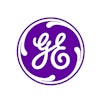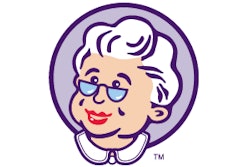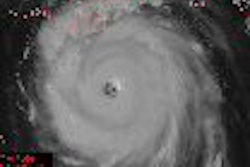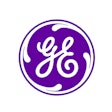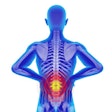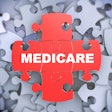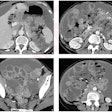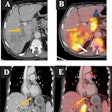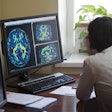Dear Healthcare IT Insider,
The lure of processor-independent applications and open source initiatives has fascinated me ever since I held a network-support job in a mixed Unix, Apple Macintosh, and Microsoft Windows environment. At the time, I thought being a contractor at the Tower of Babel would have been an easier assignment.
That was many years ago, and interoperability among operating systems has become somewhat better. In addition, application development -- through the use of languages such as Sun Microsystems' Java -- has been able to move onto the Web and become platform-independent.
However, the underpinning systems powering applications in healthcare have pretty much been confined to residing on either Unix- or Windows-based operating systems. Windows has gained great popularity due to its low hardware costs and the availability of commercial, off-the-shelf applications that run on the system, but has long been plagued by security and reliability issues. Unix has been the system of choice for high-demand networks, but it carries a steeper price in terms of hardware and support.
Linux, a Unix-like operating system that can be run on a personal computer, has been growing in popularity ever since Linus Torvalds first released its kernel to the open source community. It powers many of the Web servers on the Internet, international banking houses and commodity exchanges, and the U.S. Federal Aviation Administration.
In the past few years it has been making inroads in healthcare, and more recently into radiology informatics. For many information technology (IT) personnel who have had to cope with interoperability problems caused by a seemingly never-ending series of hot fixes and security updates, the arrival of a low-cost, robust operating system platform is welcome news.
To learn more about how Linux can be, and is being, implemented in healthcare informatics, click here. As a Healthcare IT Insider subscriber, you have access to this story before it's published for the rest of our AuntMinnie.com members at the end of the week.
Finally, if you have a comment or story to share about any aspects of healthcare IT, please get in touch with me at [email protected]. I look forward to hearing from you.

